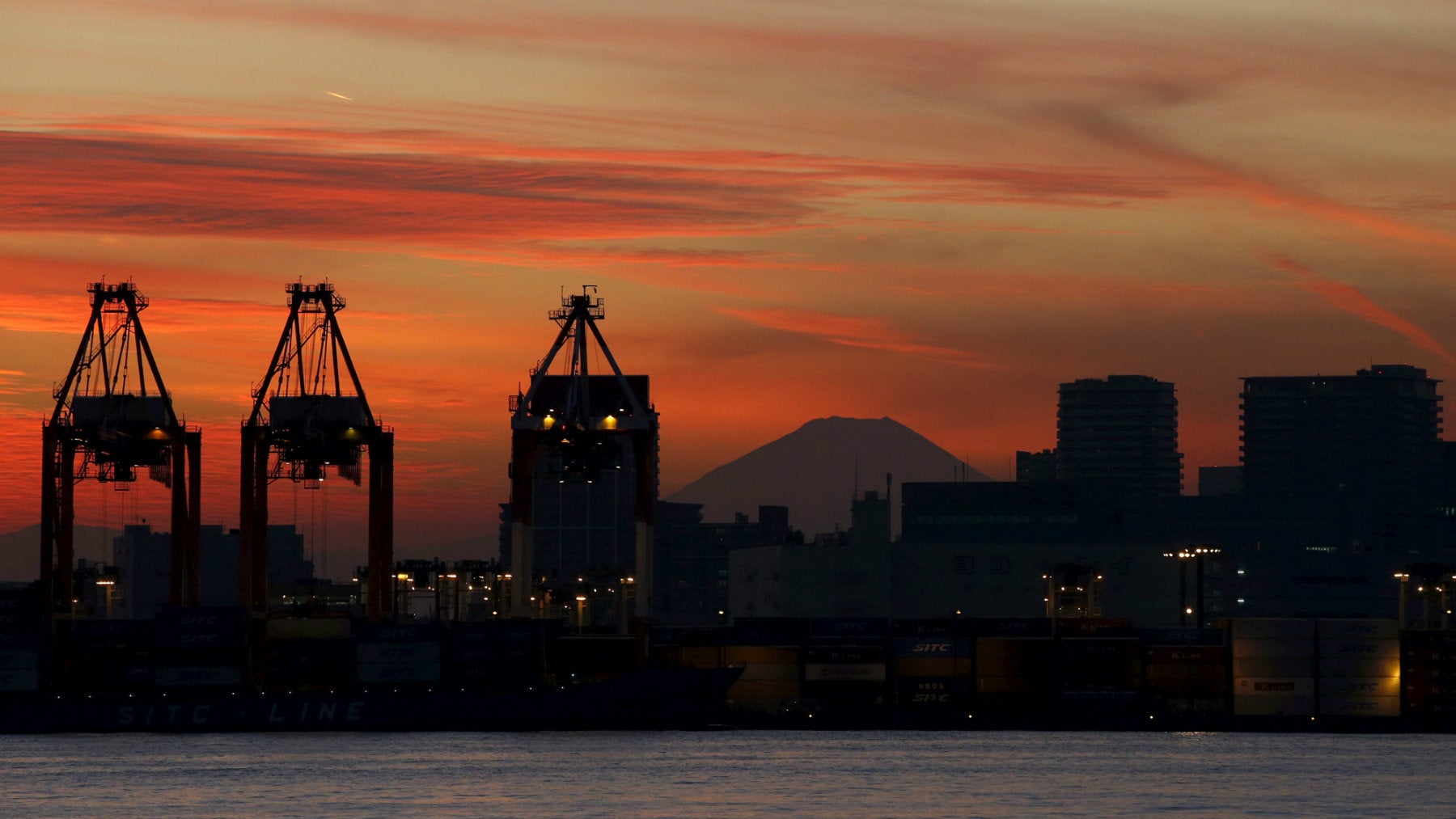Japan’s slumping trade numbers show the long reach of China’s slowdown
Japan’s exports are continuing to sag, falling 8% (pdf) since this time last year. The only reason Japan recorded a trade surplus last month was because its imports are falling even faster.


Japan’s exports are continuing to sag, falling 8% (pdf) since this time last year. The only reason Japan recorded a trade surplus last month was because its imports are falling even faster.
The country’s internal problems (weak demand and little inflation) are well known, but it’s being hurt by outside forces as well. China is the second-most common destination (19.2% in December) for Japan’s exports behind the US. And while the US is showing some decent growth, China’s expansion is quite famously slowing down. An 8.7% fall in exports to China stings a good bit more than a 3.4% decrease from the US.
Because China’s industrial sector is more responsible for its economic doldrums than the consumer side, the carnage is even worse there. Steel and semiconductors are two of Japan’s largest export products, and the value of those exports to China fell 23.4% and 18.4%, respectively, in December.
Currency has also been a factor. While China has fought to keep the yuan from weakening too much against the US dollar, its currency has weakened considerably more against the Japanese yen. That’s made Japanese exports meaningfully more expensive to China.
The yen-yuan change is already squeezing margins at major Japanese companies. As the Nikkei Asian Review pointed out earlier this month (paywall):
The depreciated yuan poses four risks to Japanese companies, one of them being a drop-off in yen-denominated earnings from Chinese operations. Even if Japan Inc. maintains the same yuan-based profit, an advanced yen will eat into the earnings when switched to the Japanese currency. The more group profit is dependent on China, the bigger the impact.
As a result, the slowdown in the world’s second largest economy is reverberating strongly in the third largest. And since US growth isn’t nearly enough to revive Japanese trade, those reverberations could get louder until China turn things around.